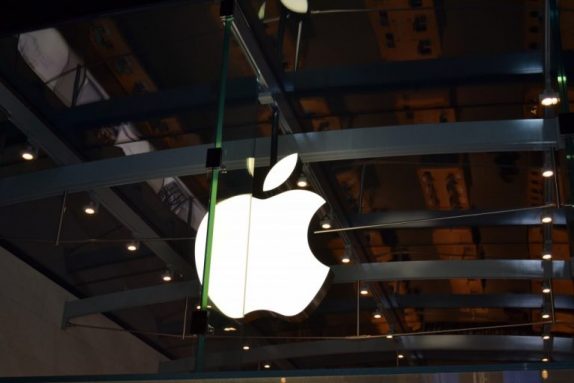
Qualcomm Inc. in its ongoing federal dispute with Apple on October 26th, in a San Diego federal court, said that the Cupertino company is $7 billion behind in patent royalty payments to the mobile chip firm. While this claim doesn’t mean that Apple owes Qualcomm that much, but reveals the scale of fines in the legal dispute.
On the other hand, Apple has accused Qualcomm of unfair patent licensing practices. Qualcomm accused Apple of patent infringement. The San-diego based chipmaker made its comments about the size of Apple’s unpaid royalties in a hearing in federal court in San Diego. Apple has disputed the number of royalties that it owes to Qualcomm.
Apple has argued that Qualcomm said to have charged once for the actual royalties, and again when the chips were used in iPhones. Qualcomm has argued that its practices are legal and that Apple is seeking to destroy Qualcomm’s business model after agreeing to it for years. According to the dispute, royalty payments to Qualcomm were five times higher than the rest of Apple’s payments combined.
Apple is said to have been withholding royalty payments to Qualcomm since the dispute began. In 2017 April, it was reported that Apple and its suppliers had withheld some $1 billion in royalty payments. This new accusation from Qualcomm is just a new development to the existing legal case. It is also known that the latest iPhones use radio chips from Intel, which is a big blow to Qualcomm as a leading chipmaker.
Furthermore, at the same hearing, Qualcomm has also asked the federal judge in San Diego to not consider Apple’s claims related to nine “handpicked” patents, whose validity Apple challenges because Qualcomm assured that Apple and its Asian manufacturers that it won’t assert any infringement claims over them. However, U.S. District Judge Gonzalo Curiel didn’t rule on Qualcomm’s request at the hearing but hoped to issue a decision by the time of the next hearing on Nov. 9. Qualcomm’s income from its intellectual property accounted for about two-thirds of its profits before.
